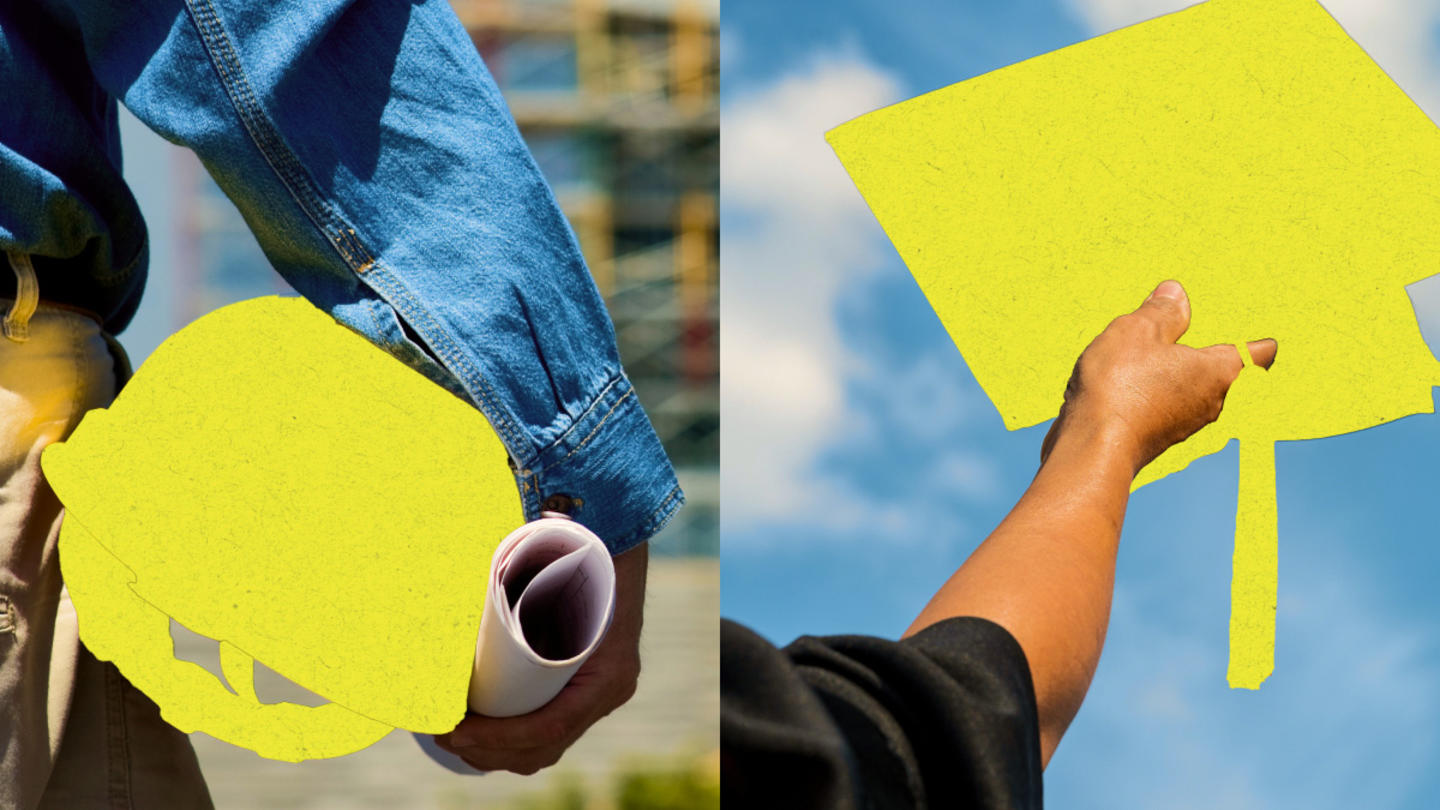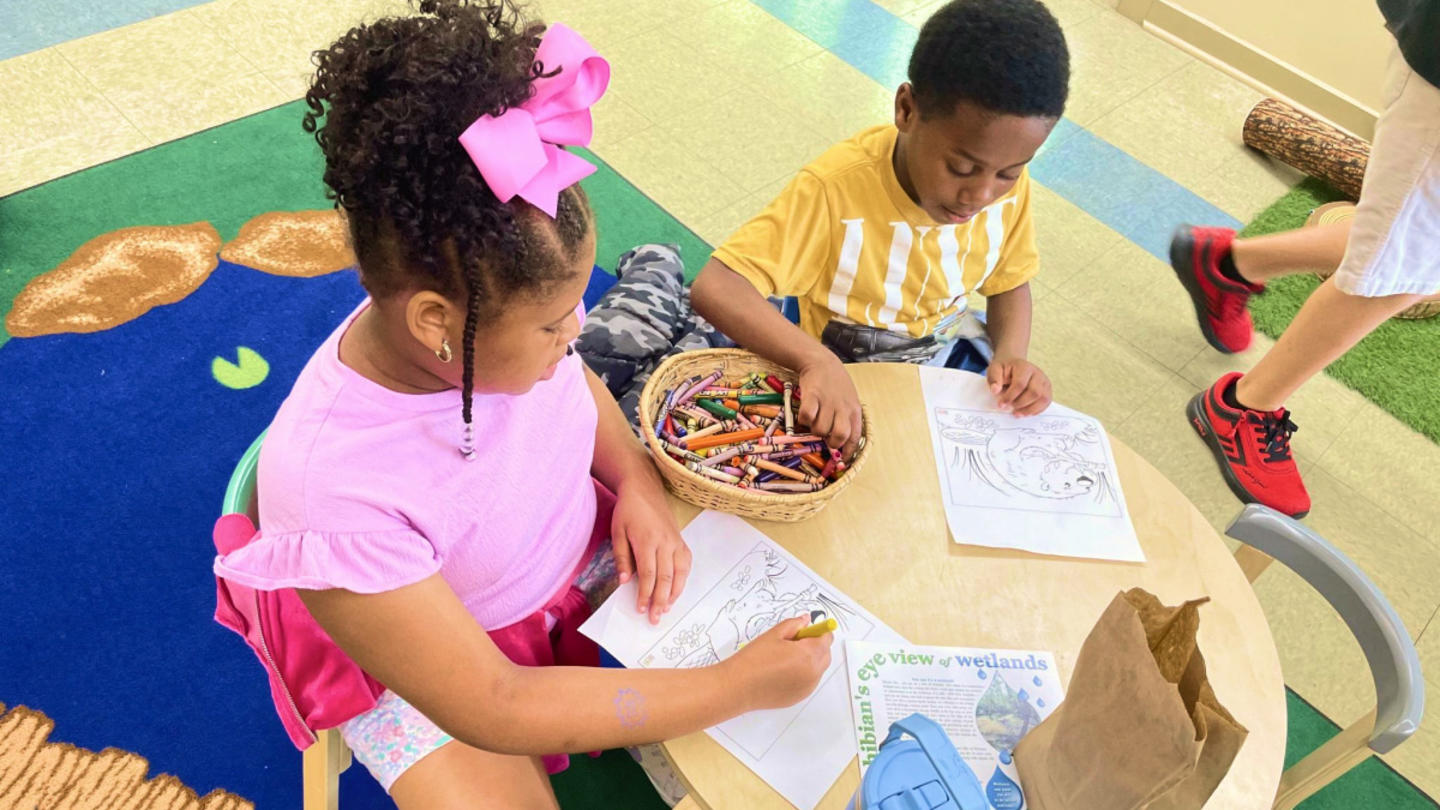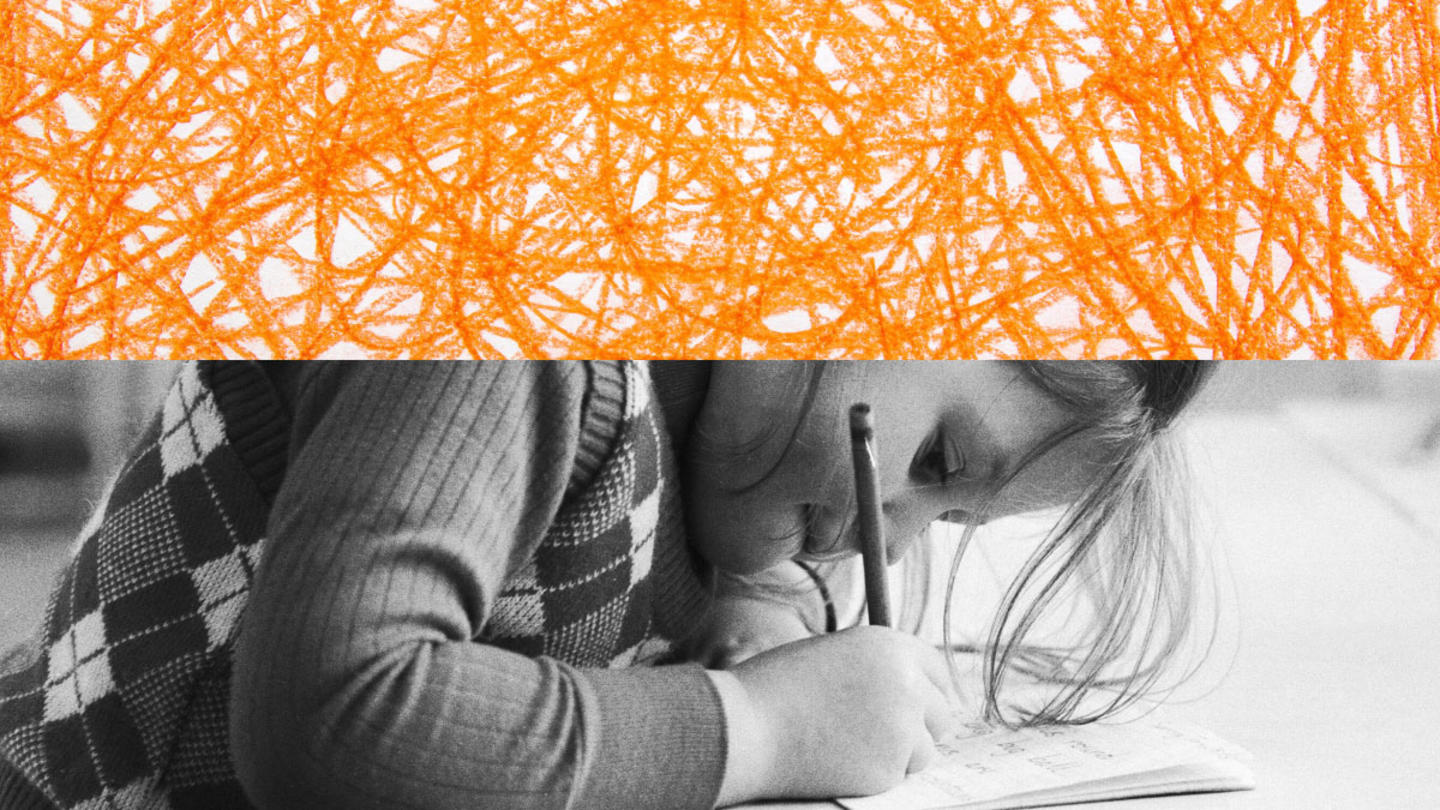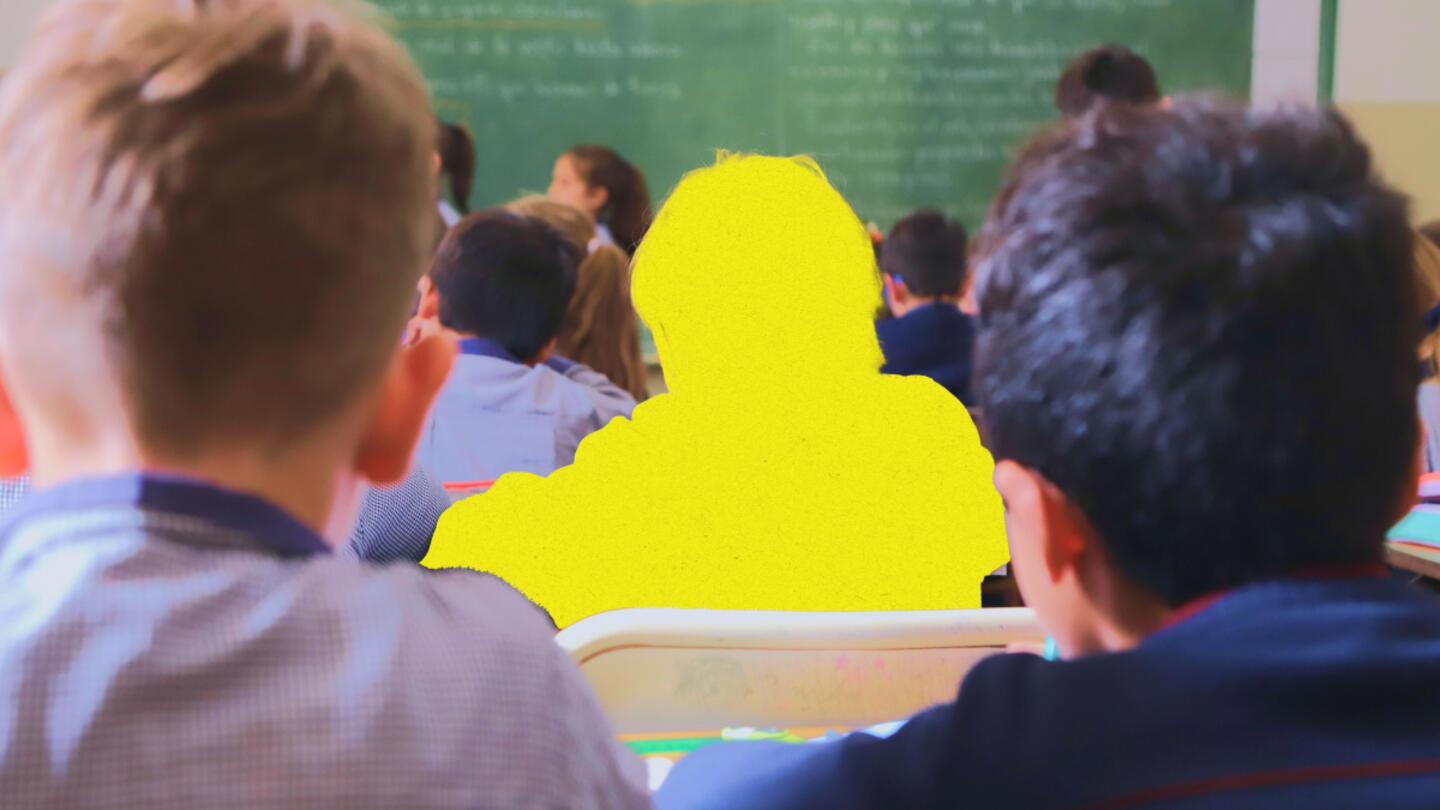Every parent likes to say their child is unique. Guess what? They’re right.
Every child is unique, which is why the conventional one-size-fits-all approach to K-12 education is failing. In 2022, the average fourth-grade National Assessment of Educational Progress math and reading scores were lower than every year going back to 2005. Eighth-grade math scores were lower than every year going back to 2003. Eighth-grade reading? While test scores will never give the full picture of a student’s progress, you’d have to go all the way back to 1998 to find an average lower than 2022.
Something needs to change, as many people are noticing. According to Pew Research Center, half of Americans think K-12 schools are heading in the wrong direction.
Individualized learning is a groundbreaking approach to education that is personalized, engaging, and effective. This model insists that children learn best when their education is tailored to their needs and interests. Meet the innovators in education who are charting a path for all students to succeed by helping them pursue their passions and discover their unique gifts.
What is individualized learning?
By definition, individualized learning looks different for every student. Mithil Pujar, an 18-year-old research assistant at yes. every kid., explained that at its core, individualized education is about making learning useful and meaningful for each student.
“Individualized education means that students have a voice and choice in an education that's meaningful to them,” he said. “It's a combination of multiple factors, like addressing student interests in learning and understanding what's useful, practical, and meaningful to them. [The goal is] that students can do things that they want to do and have the skill set to be able to do them.”
This may seem daunting in schools where one-size-fits-all has been the status quo for decades. However, with fresh perspectives and innovative teaching methodologies, educators all over the country are tailoring their learning environments to meet each student’s unique needs, pace, and potential.
Their students are thriving.
Individualized learning embraces cutting-edge teaching methodologies, adaptive learning technologies, customized curricula, and flexible learning environments. By prioritizing the distinct needs and abilities of each student, this model aims to enhance learning experiences and improve student outcomes.
The need for individualized learning
The traditional model of education, with its standardized curricula and uniform teaching methods, falls short of meeting the unique needs of each student. This often leads to disengagement. In a 2023 Gallup poll, only 13% of public K-12 students gave their school an A grade for making them excited about learning, and a mere 19% gave their school an A for teaching them in ways that meet their individual needs. Both metrics scored an overall average of C+.
Personal choice and autonomy are gateways to student engagement. According to a survey of nearly 8,000 educators conducted by Kahoot!, a learning platform used by millions of students and educators, 70% of teachers said their students are more likely to be engaged when they are given opportunities to explore a range of learning experiences and choose what interests them.
By embracing individualized learning, schools can create inclusive, engaging, and efficient learning environments. Individualized learning has the power to:
- Foster creativity and critical thinking skills,
- Encourage collaboration and problem-solving,
- Establish habits of self-directed learning, and
- Cater to the distinct learning styles and needs of each student.
This ensures that students are not only equipped to navigate the complexities of the 21st century — they are empowered to succeed in it.
Sign up for Stand Together's K-12 newsletter and get stories, ideas, and advice from changemakers who are transforming education across the country.
What are the different types of individualized learning?
There are several types of individual learning approaches that can be implemented in a K-12 setting. Below are a handful of examples:
Individualized instruction: Teachers adapt their teaching methods and materials to meet the specific needs of each student, allowing them to progress at their own pace.
For example, One Stone School allows students to design a flexible, personalized curriculum based on their unique interests, fostering a passion for learning and essential skills for future success. The school has blossomed into a collaboration between students and educators that prioritizes personal growth and introspection just as much as traditional subjects. Students are emerging from the school confident in their goals and ready to face the future.
Other learning spaces that focus on individualized instruction: Acton Academy, The Forest School.
Blended learning: Combining traditional face-to-face instruction with online learning resources and activities, blended learning allows students to access customized content and learn at their own pace.
At Outschool, a virtual learning platform, students can supplement their learning journey with subjects they’re curious about. The platform’s philosophy is that students are most inspired when they’re able to pursue their natural interests. The site offers a wide variety of small-group classes and outside-the-box teaching methods. Because the classes are live, students get to interact with their instructors, providing real-time sounding boards, motivation, and mentorship.
Other blended learning options: Schoolhouse.world, WEquil App.
Project-based learning: Engaging students in real-world projects that align with their interests and learning goals, project-based learning fosters deep understanding and the development of essential skills.
At Electric Girls, participants get to follow their scientific interests, use their gifts to create novel projects and realize their potential. They learn in a way that is aligned with the tech field: by choosing and following their own interests, designing, building, and presenting their own creations.
Other project-based learning spaces: UnCommon Construction, The Learning Outpost.
Microschools and learning pods: These small, personalized learning environments offer individualized instruction and support that cater to the unique needs of each student.
Life Skills Academy, a microschool in Nevada, focuses on developing the whole person. Students are guided to develop emotional literacy, problem-solving, and conflict resolution skills alongside their academic subjects. With a curriculum that is built for each child, the school encourages self-reflection, talent exploration, skill discovery, and aspiration.
Other microschools: Positively Arts, Bloom Academy.
Embracing a future of individualized learning
Individualized learning is a paradigm shift that recognizes and respects unique learning needs, offering more personalized and effective education. Students have more opportunities to discover themselves while they are learning about the world. Embracing this approach enhances the learning experience and builds a brighter future for students, communities, and the nation.
***
Learn more about Stand Together’s education efforts and explore ways you can partner with us.

Meet the founder with a plan to make working and learning at the same time a real possibility.

These jobs are in demand and will make a career — no degree required

Go inside the microschool where students with mental health challenges learn to belong.

Education can — and should — be about a lot more than grades.
